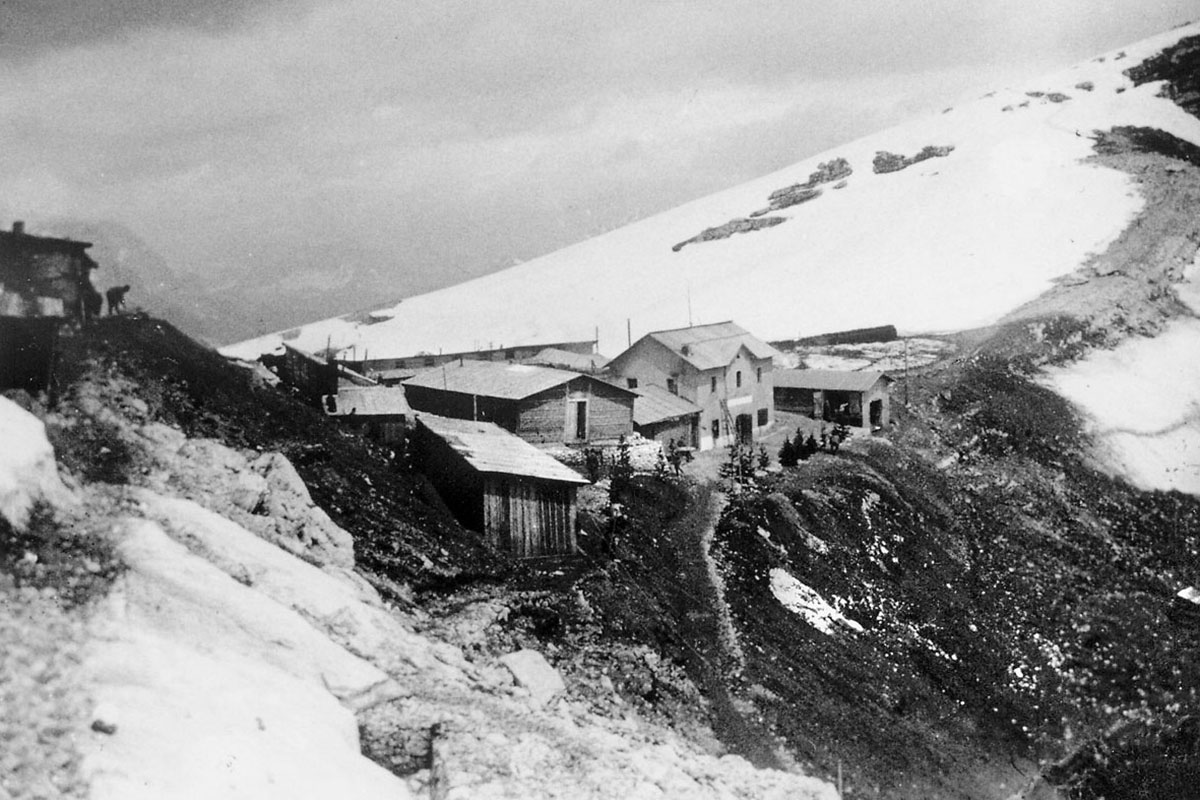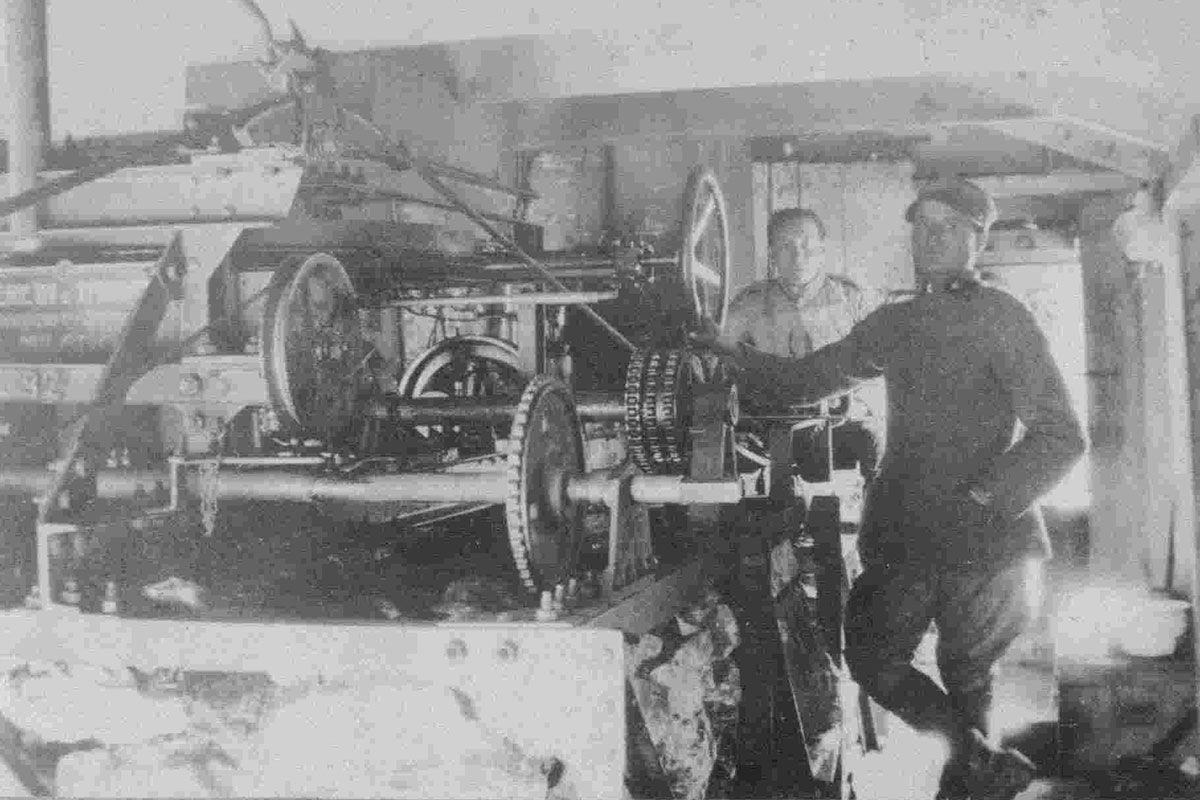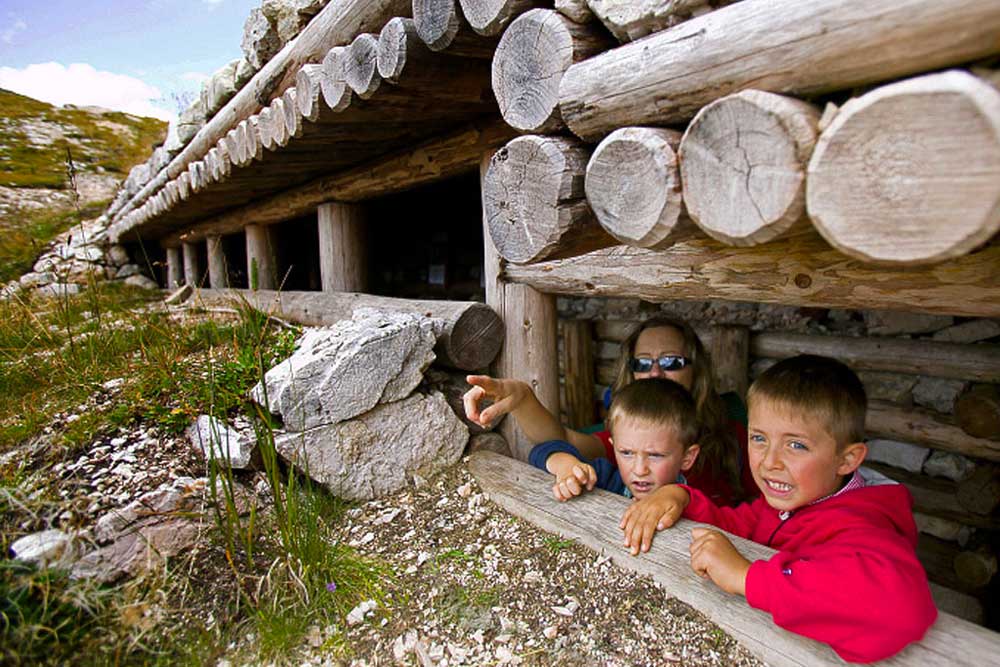War Café
War coffee
The “real” coffee beans, unlike his cultivated substitutes
in different areas, does not fit our climate. But what was born before?
Coffee or its substitutes?
Literary research on substituted coffee plants, also called surrogates, revealed the presence of various works: the most part of coffee publications, up to the 1940s, he devoted a few chapters to coffee substitutes and their respective
plants. Moreover, coffee surrogates had a commercial value not indifferent: the quantitative consumption of the surrogates was higher than that of coffee since during the war and in the period between the two wars the latter was too expensive or even unobtainable.
But actually, in Europe, coffee substitutes and blends coffee additions are as old as coffee beans, he writes in 1949 Paul Ciupka, coffee and coffee substituteexpert:
“In Europe, when the consumption of coffee, especially the daily one,
when coffee consumption became popular, most of the population faced a huge economic sacrifice. In addition, states that were unable to import coffee from their colonies were interested in limiting their consumption. As a result, the coffee began to be replaced or stretched with cheaper and more local products.”
In the “European Cultural History of Food Consciousness” written by Rita
Dünebier the author explains:
“Coffee surrogates during the war, when coffee in grain was scarce, has always benefited from a favorable economic situation. But from the beginning
of the nineteenth century began to create an independent market of surrogates. The chicory coffee, which Christian Gottlieb Förster in 1770 began to produce with the privilege granted by King Frederick and the malted coffee obtained from barley and rye malt became the main competitors of true coffee. From the beginning of the 19th century, both products replaced coffee during the daily meals of the rural population and the poorest urban population.”
Coffee substitutes obtained from roots, seeds & co
The list of the various plants that can be used to replace coffee is virtually infinite. Literature in many cases is unable to provide information on the spread of the use of certain plants. Probably often only individual experiments were made.
Processing and roasting of the respective substances determine the drinkability and taste of the drink. The following list is from a 1920 publication that subdivides surrogates into four different groups: seeds, fruits and parts of fruits, roots and silts and other raw materials.

Barley coffee
Barley is probably the most important cereal among all subsequent coffee plants. The cereal coffee was mentioned for the first time in 1721, and then it was pointed out that many would prefer cereal coffee to the real one:
“And whoever thought coffee was too expensive, it was all sorts of common seeds, but especially barley and oats to prepare their coffee, which was often not bad. Many, oddly, appreciated oatmeal coffee to the point of preferring it to
true coffee.”
Barley was a very practical surrogate because it was cultivated a little anywhere and should not be bought. The first cereal-based coffee marcons were born in 1890.
Malt coffee
Malt coffee has a low content of tannic and bitter substances. In addition, compared to cereal coffee has a more delicate and sweet flavor. In general, it is possible to melt any kind of cereal, but malt coffee is usually obtained from barley: the barley is soaked in water and sprouted. During this process starch, among other things, turns into malt sugar, while the proteins are discharged into amino acids. Subsequently, the sprouting process is blocked by drying seeds. With the subsequent roasting, the malt sugar is caramelized, giving the color and aroma of coffee.
The best-known malt coffee in the German-speaking area is the “Kathreiner Malzkaffee”. The famous parish priest Kneipp in his magazine “So sollt Ihr leben” (So You Must Live) in 1889 recommended replacing real coffee with that of malt. The same year was even introduced on the market a mixture of coffee beans and malt coffee called “Pfarrer Kneipps Gesundheitskaffee” (health cafe, Parish priest Kneipp).


Rye coffee
Rye coffee is described as a very bitter surrogate. Rye was also malted like barley and in the German-speaking area it was marketed under the name of “Roggenmalzkaffee” (rye malted coffee).
Chicory coffee
Barley and chicory coffee at the beginning of the nineteenth century were the surrogates most common among the peasant and town population. The chicory coffee is derived from the chicory roots (Cychorium intybus). It is a cultivated plant, related to wild chicory, which grows along the paths and the edges of the fields. Its roots accumulate inulin, a compound of starch, which turns into sugar during roasting.
The first chicory coffee factory was founded in 1760 in Germany. Chicory roots soon became a very popular raw material. In the decades to come, many chicory factories were founded in different locations in Germany, Austria, Holland, England and France. In 1846 the German customs association in the federal territory at that time already had 3475 chicory factories. One of the most famous brands of pure chicory coffee was the “Franck-Kaffee”, whose brand depicted a coffee grinder.


Coffee with figs
Figs are considered one of the most important fruits for the production of coffee substitutes. But figs are not fruit; the “fruit” is made up of the base of the flower that becomes flesh. Coffee is made from dried figs, often sold as “figs crowns”, wound in string wires.
The figs coffee was not consumed pure, but it was added to the coffee in grains or used as an ingredient in subsequent blends. The figs give the coffee a sweet taste and a dark and intense color. Today figs coffee is difficult to find on the market.
Lupine coffee
From a quantitative point of view, the lupine is not a coffee plant particularly important, yet in the past, as they testify various ordinances and other documents, lupines were often used to produce a drink similar to coffee.
In 1918 in Austria, the Department of Nutrition issued an order regulating trade of coffee substitutes. The order is mentioned barley, figs, acorns but also lupins. The order does not specify the the name of the lupins in question, but strictly logical should be this of bitter lupins as it prescribes the following: “The lupins may be used to prepare coffee substitutes only after being “deamarizzato” (made less bitter) by the companies authorized by the Department of Nutrition.”
This order also laid down the maximum price for 1 kg of pure lupine coffee: 4.80 crowns (maximum prices of other surrogates of coffee in comparison: 1 kg of malt coffee 2.40 crowns, 1 kg of fig coffee 10,80 crowns, 1 kg of acorn coffee 3,40 crowns).
In 1920, Erwin Franke devoted a large work to coffee and itssurrogates, where he writes that the lupins, before being roasted, have to be “deamarizzato” (made less bitter).
From this work, it also emerges that the lupins in Tyrol was called “Bauernkaffee” (farmer’s coffee).


Soybeans coffee (Glycine max)
Theresia Werth of Anterivo remembers when his father, after the war, cultivated soy. An uncle had once brought soy from Weihenstephan (Bavaria). The plants, according to the stories, were very fruitful. The seeds of the plants were yellow and they had a good taste.
Cäcilia Schwarz also remembers the soybean plants cultivated during the war. The soy provided a good coffee that did not require any additives:
“Then coffee was made, prepared a nice full pan. In the yellow brass pads, half a glass of powder was poured, then water and boiled. After that it was poured into a coffee pot and kept it on the stove to always have black coffee, which lasted a couple of days. “
Editore: Provincia Autonoma di Bolzano Alto Adige, Ripartizione 22 – Formazione professionale, agricola, forestale e di economia domestica;
Autrice: Andrea Heistinger
Traduzione: Barbara Desole
Progetto: La realizzazione del presente opuscolo informativo nasce nell’ambito del progetto Interreg III B Spazio Alpino NeProValter (“Rete delle produzioni agricole caratteristiche per la valorizzazione e la conoscenza del territorio alpino“)
Foto: Andrea Heistinger, Südbild Helmut Adam, Hiasl e Frowin Oberrauch
Further resources
Events and re-enactments
Re-enactments and events not to forget that time that shocked the Dolomites in 1918 and beyond.





